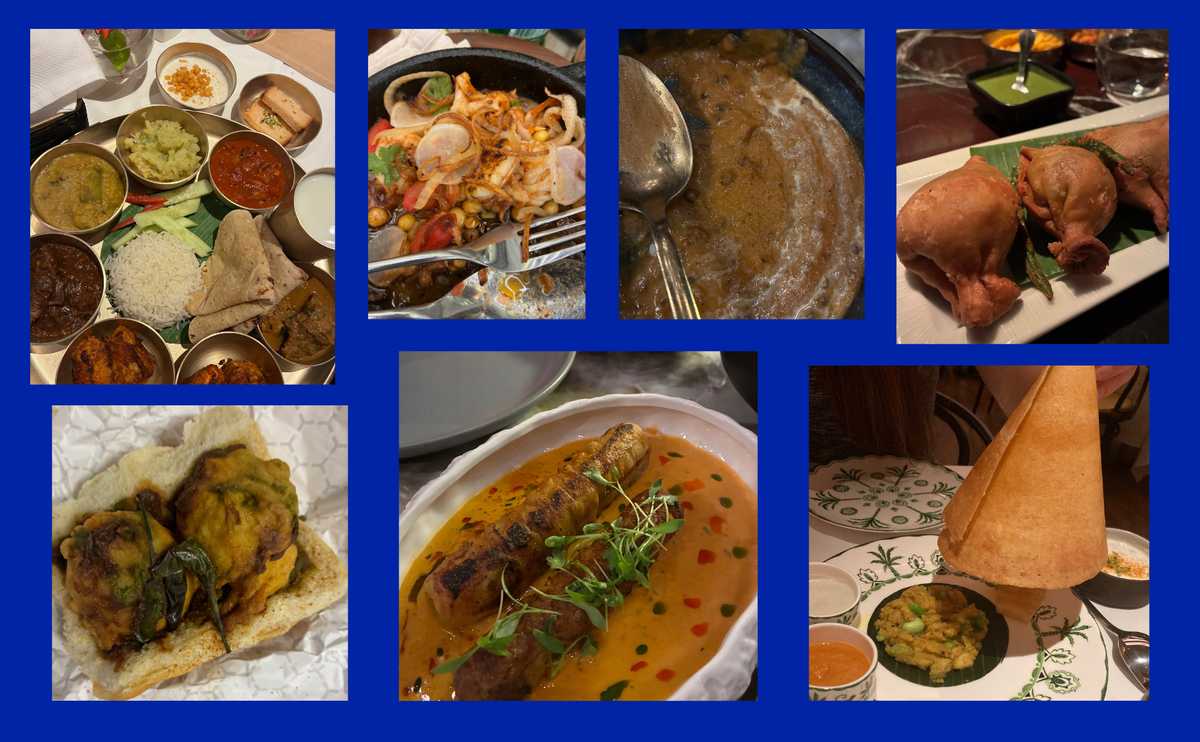Who is Indian Fine Dining For, Really?
Food studies professor Krishnendu Ray explores the rise and limits of haute Indian cuisine.

My son Rudra asked me the other day, “How is it, Dad, that we take the food of about 1.5 billion people, speaking more than 125 languages in 20,000 dialects, and reduce it to a dozen dishes that taste so similar?” He was referring to our experiences dining at Indian restaurants across the USA. “Welcome to the magic of the marketplace,” I retorted.
There’s a Hindustani saying, “Kosa, kosa per pani badle, char kosa per vāni,” which can be translated as, “Every two miles the water changes, and every four the dialect,” where pani, meaning water, is a metonym for terroir in much of South Asia. That is true of our food too, but this multiplicity is so far undetectable in the new wave of haute Indian cuisine crashing into the US.
Apparently, Indian cuisine is “having its moment” now — I was told on a James Beard panel in Chicago recently. And I’m happy that it’s finally getting recognition from the likes of The New York Times, Michelin, etc. But to put the anecdotal data in context, research I conducted for a forthcoming essay on New York City’s Indian Food landscape shows that only about 2% to 3% of the city’s Indian restaurants figure in any consecrating lists, compared to a much higher percentage of French, Italian, Japanese, New American, and more recently, Korean restaurants. Among the latter, anywhere between 12% and 27% of restaurants within those ethnonational categories get some critical attention.
In terms of popularity and prestige, data from Michelin, Zagat, Yelp, World’s 50 Best, and Menupages show that, depending on the city, Indian restaurants rank at about eight to twelve standings below the cuisines listed above. There are, in fact, more curries and dals eaten in American homes than out of them. That might be one of the peculiarities of Indian food abroad (true about Italian-style food too).
Indian restaurants are in vogue right now partly because there are now more Indian-origin Anglophone food writers, and some rich and wealthy members of the six million-strong diaspora have acquired visibility. High-end Indian restaurants, such as Bungalow in New York City, allow diasporic Indian elites and tourists to entertain and announce their arrival on the global scene. It is a nationalist flex, where the food is derivative — a poor representation of broadly regionalized Indian cooking.




